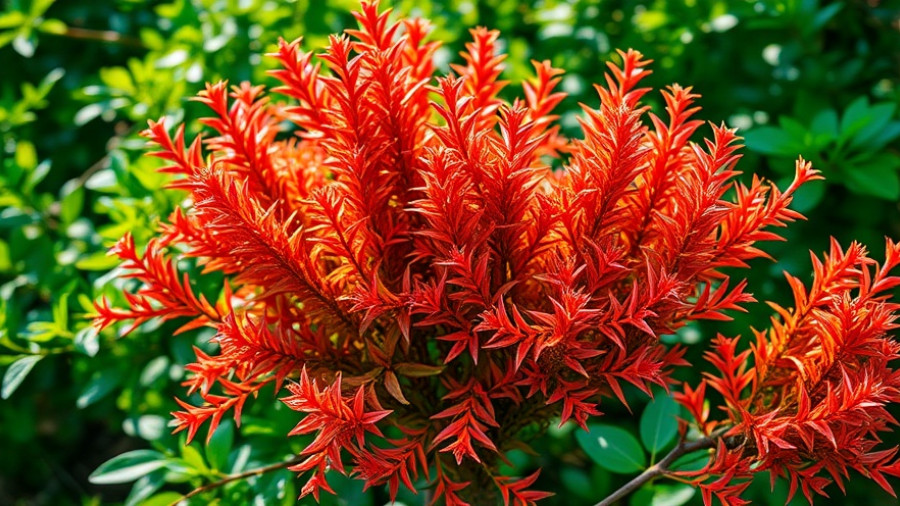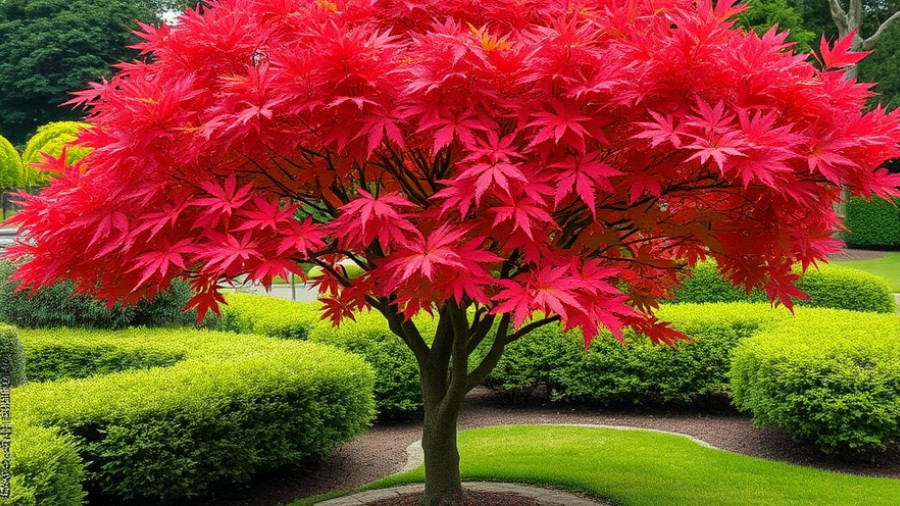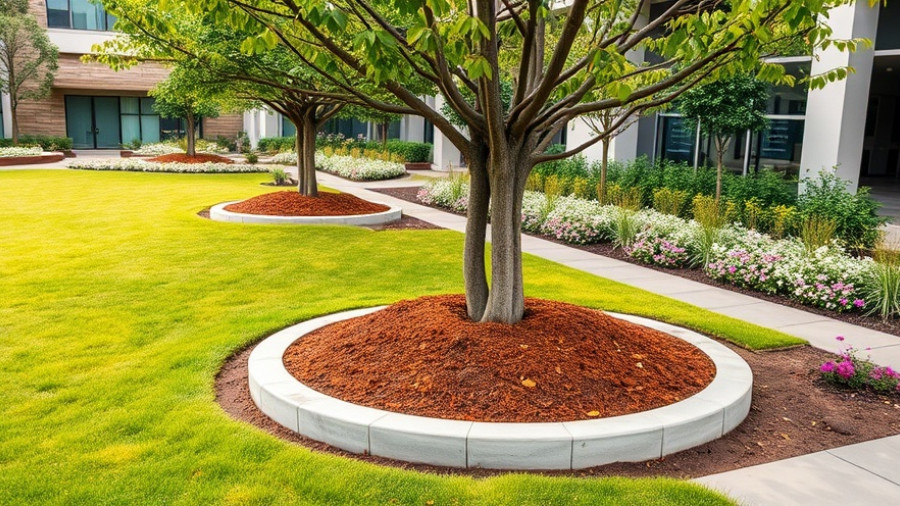
Unlocking the Beauty of Russian Sage: A Gardener’s Delight
For those captivated by the allure of Russian sage, you're likely aware of its stunning silvery hues and vibrant purple-blue blooms. This hardy perennial is more than just a pretty face; it has remarkable qualities that make it a superstar in drought-resistant landscapes. If you're considering adding this charming plant to your garden, understanding what else to pair it with can enhance its beauty and functionality.
Why Choose Russian Sage?
Russian sage:
- Floats gracefully above the garden, showcasing feathery, silvery leaves.
- Thrives in hot, dry environments, making it a fantastic choice for low-maintenance landscaping.
- Attracts pollinators while being unappetizing for deer and resilient against various pests.
Named Perennial Plant of the Year, this hardy perennial flourishes in USDA zones 5-9. Understanding its characteristics can help you choose the right partner plants that will enhance your garden aesthetics and growing conditions.
Perfect Partners: What to Plant with Russian Sage
To boost the visual impact of Russian sage, consider these delightful pairings that not only complement each other but also mirror the care requirements of this stunning perennial.
1. Black-Eyed Susan
Black-Eyed Susans are vibrant, daisy-like flowers that bloom in sunny yellow. Their bright color can contrast beautifully with the cool tones of Russian sage, adding a dynamic focal point in your garden.
2. Colorado Blend Yarrow
This perennial is easy to grow and attracts butterflies. The fine, textural foliage of yarrow pairs beautifully with the feathery leaves of Russian sage, bringing a harmonious balance to your garden bed.
3. Echinacea (Coneflower)
Known for its upright posture and vibrant hues, Echinacea thrives in similar conditions as Russian sage, requiring full sun and well-drained soil. The dual boons of attracting pollinators and blooming throughout summer make it an ideal companion.
4. Catmint
This aromatic perennial adds a lovely touch with its bluish-purple flowers that bloom from late spring to fall. Its low-maintenance nature makes it an easy pairing for Russian sage, enriching your landscape’s blooms.
5. Ornamental Grasses
Incorporating ornamental grasses, such as Pennisetum or Miscanthus, creates visual movement in your garden. Their graceful, arching forms provide a soft contrast to the upright posture of Russian sage.
Designing with Russian Sage
It’s essential to consider how the placement and arrangement of your plants can maximize their aesthetic appeal. Here are some design tips:
- Layering: Choose taller plants like Echinacea behind shorter ones like Black-Eyed Susan to create depth.
- Color Blocking: Use clusters of color-coordinating plants to create striking visual effects.
- Theme Gardens: Consider designing a pollinator garden with Russian sage and its companions, promoting both beauty and ecological balance.
Embracing Eco-Friendly Practices
By utilizing plants that thrive in similar conditions, you can create a sustainable garden that conserves water and requires less maintenance. Pairing drought-tolerant plants like Russian sage with others that share its habitat can lead to a flourishing garden while incorporating eco-friendly yard care practices.
Making the Most of Your Outdoor Space
Whether you’re diving into a full-fledged backyard makeover or gradually enhancing your outdoor space, understanding plant partnerships is key. From developing flower bed layouts to sculpting your garden with raised garden beds, the right combinations help you make the most of any area.
In conclusion, Russian sage is not only a resilient showstopper but also a versatile focal point for your garden. By thoughtfully selecting companion plants, you can create a stunning and eco-friendly landscape that will flourish season after season.
 Add Row
Add Row  Add
Add 




Write A Comment